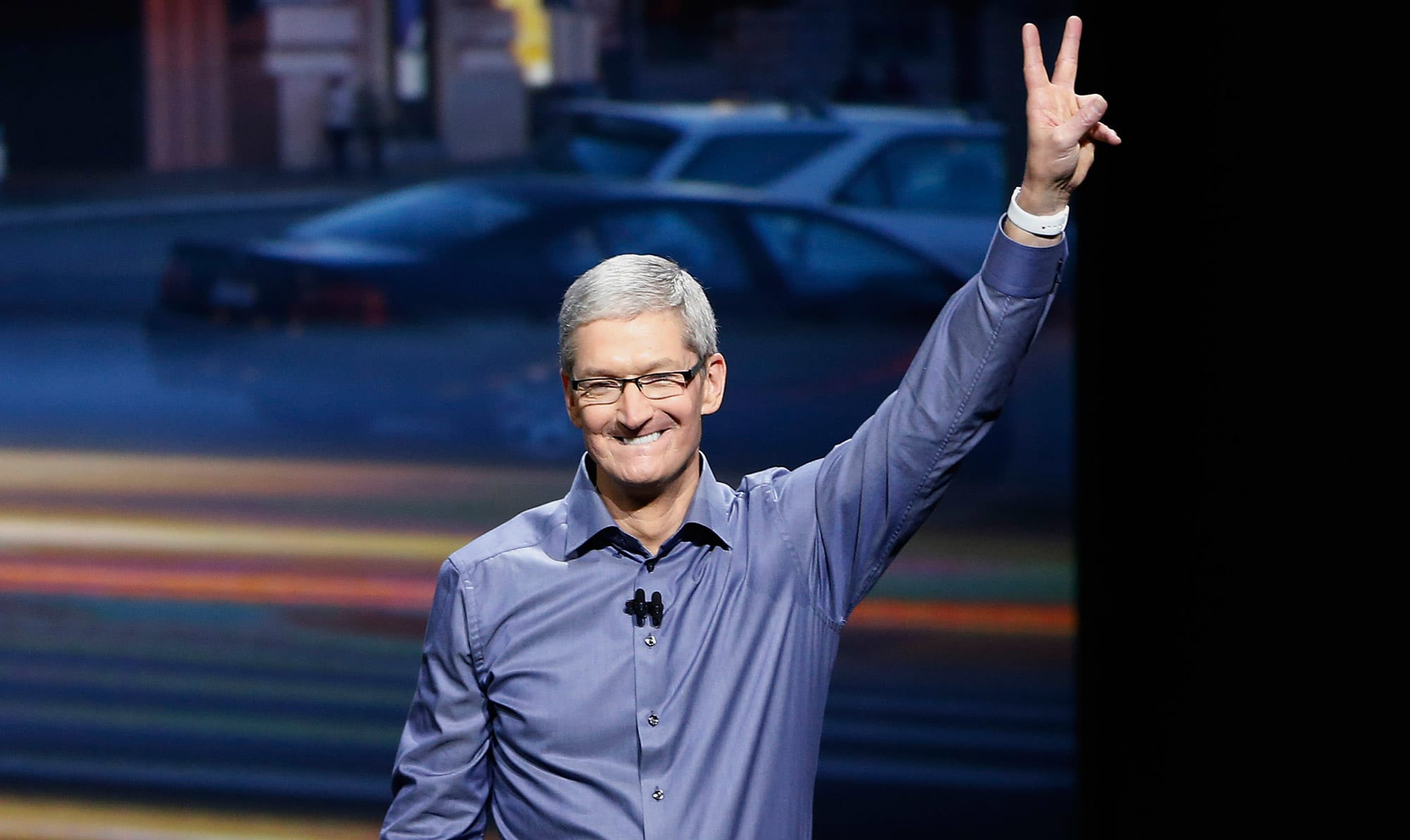Tim Cook, CEO of Apple Inc.
Getty Images
Apple stock is on pace to close out a year of explosive growth, and another key metric has reached a historic high, too.
Apple’s trailing price-to-earnings (P/E) ratio steadily climbed this year alongside its stock price. Apple began the year with a trailing P/E ratio just over 13, according to FactSet, below its five-year average of roughly 16, before finishing 2019 around 24.5.
The trailing P/E ratio is the price per share of a stock divided by earnings per share over the last twelve months. Investors often use it as a shorthand metric to determine how expensive a stock is, although it’s not perfect, as it does not account for cash or debt, and is based on past performance rather than future expectations.
The company’s forward-looking P/E, which measures price-per-share divided by expected earnings over the next 12 months, is just under 22, which is also historically expensive.
Apple has typically had a low P/E ratio compared to its mega-cap tech peers.
When Apple’s P/E was around 10 in 2015, venture capitalist Marc Andressen said in a tweet (since-deleted) that Apple stock “trades like a steel mill on its way out of business.”
While the current figure is unusually high for Apple, it’s still below the average for the S&P 500 information technology index, which consists of 70 companies, but excludes internet companies including Facebook, Amazon, Netflix and Alphabet. The average P/E ratio in that index is now 26, up from 20 at the start of the year, according to FactSet.
Compared to the other mega-cap tech stocks, Apple’s P/E ratio ranks among the lowest. Amazon is finishing the year with a P/E above 80, Facebook’s is higher than 32, Microsoft’s is above 29, and Google-parent Alphabet’s is over 28.
An increase in a company’s P/E ratio could mean that investors expect earnings growth in the future, so they’re willing to pay more now. However, It could also be a warning sign that the stock is overvalued.


 Signal2forex.com - Best Forex robots and signals
Signal2forex.com - Best Forex robots and signals




